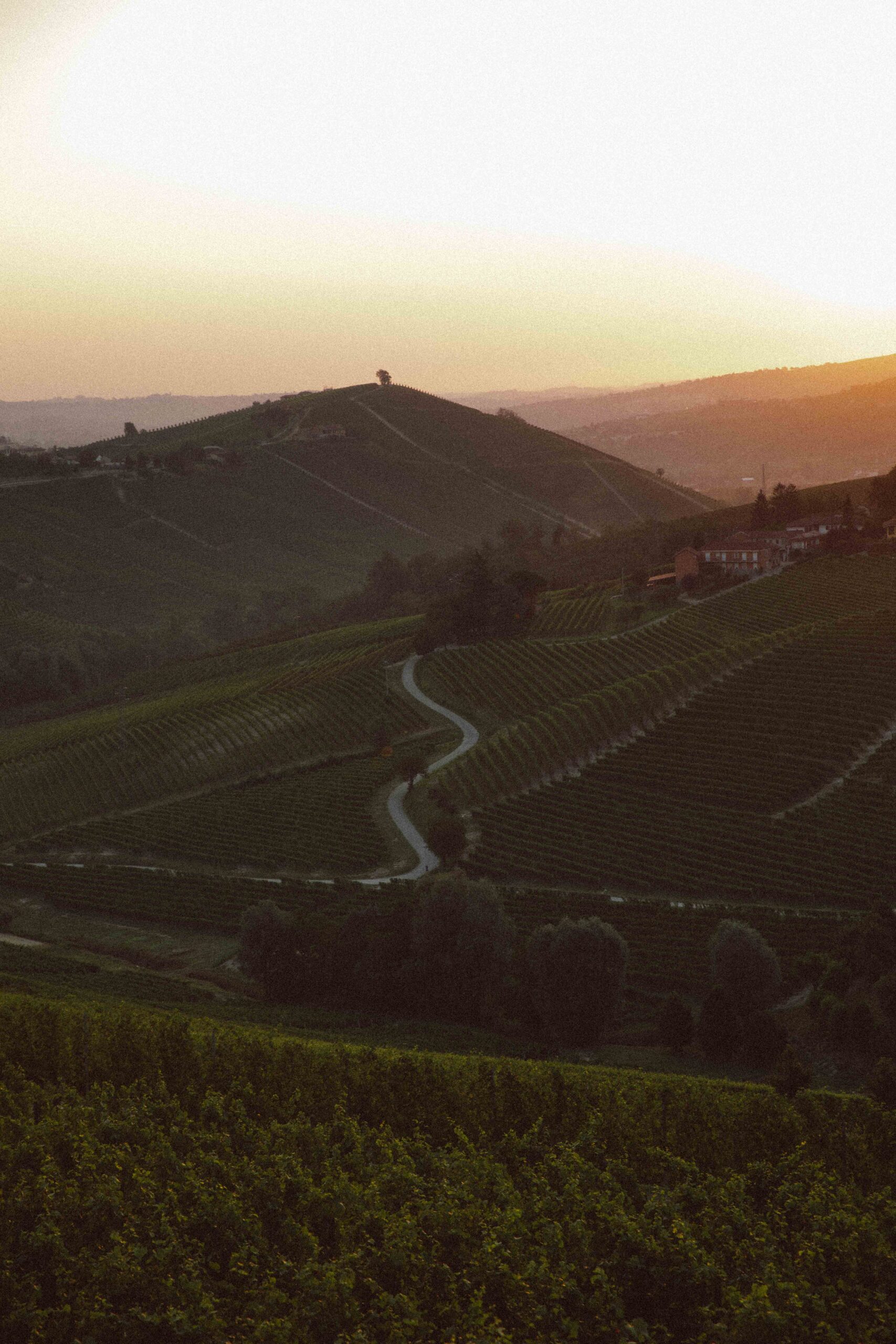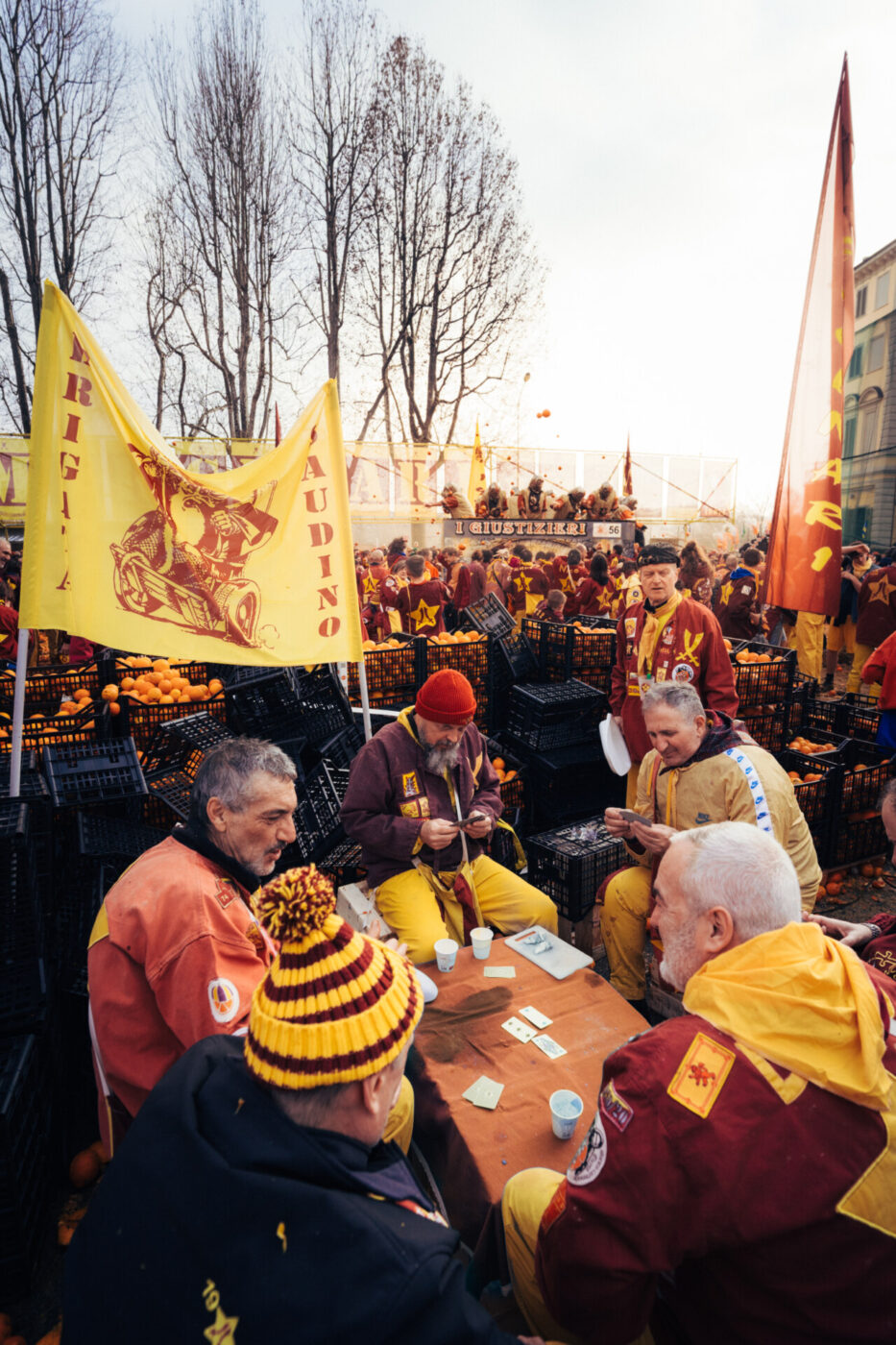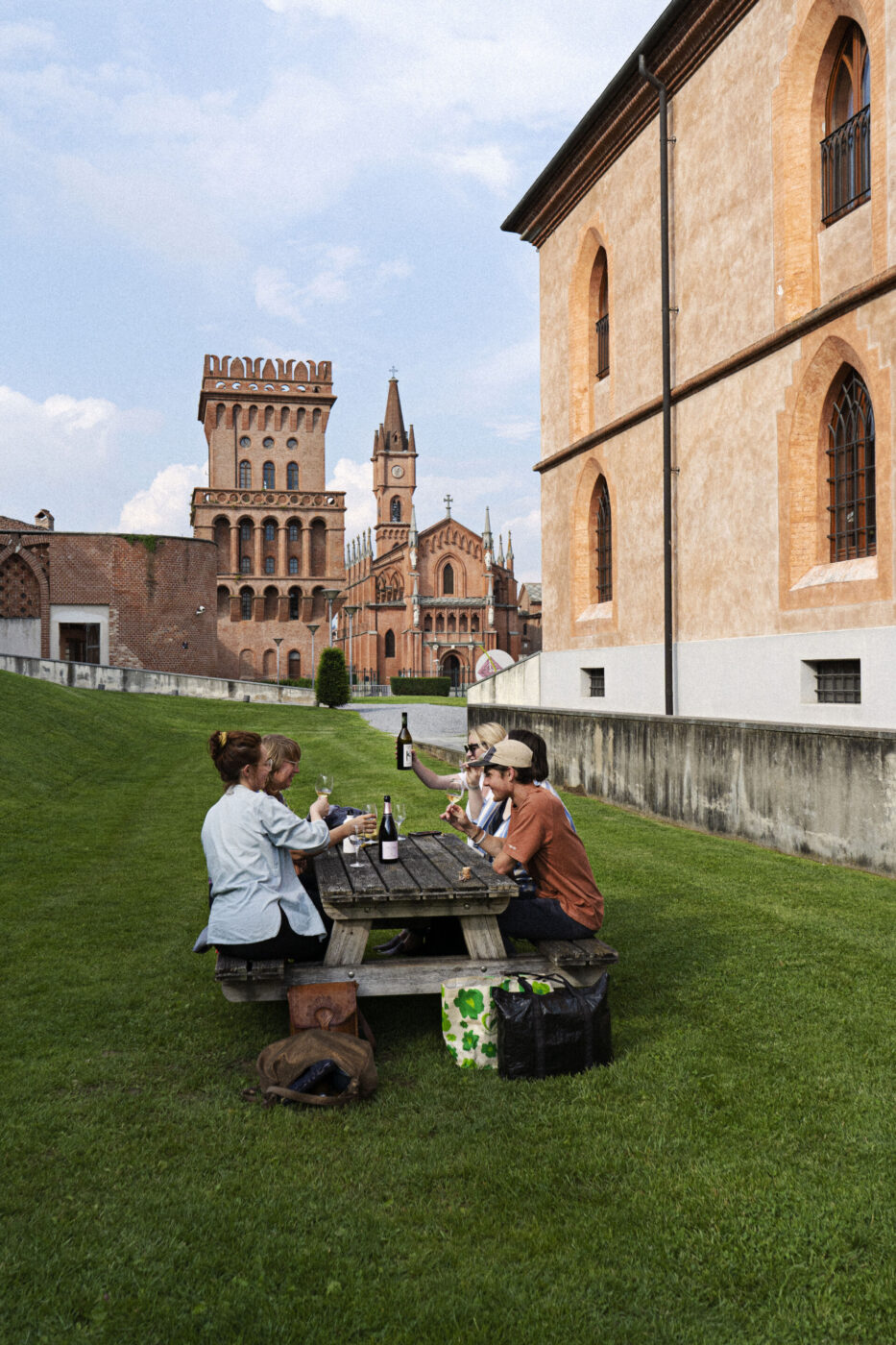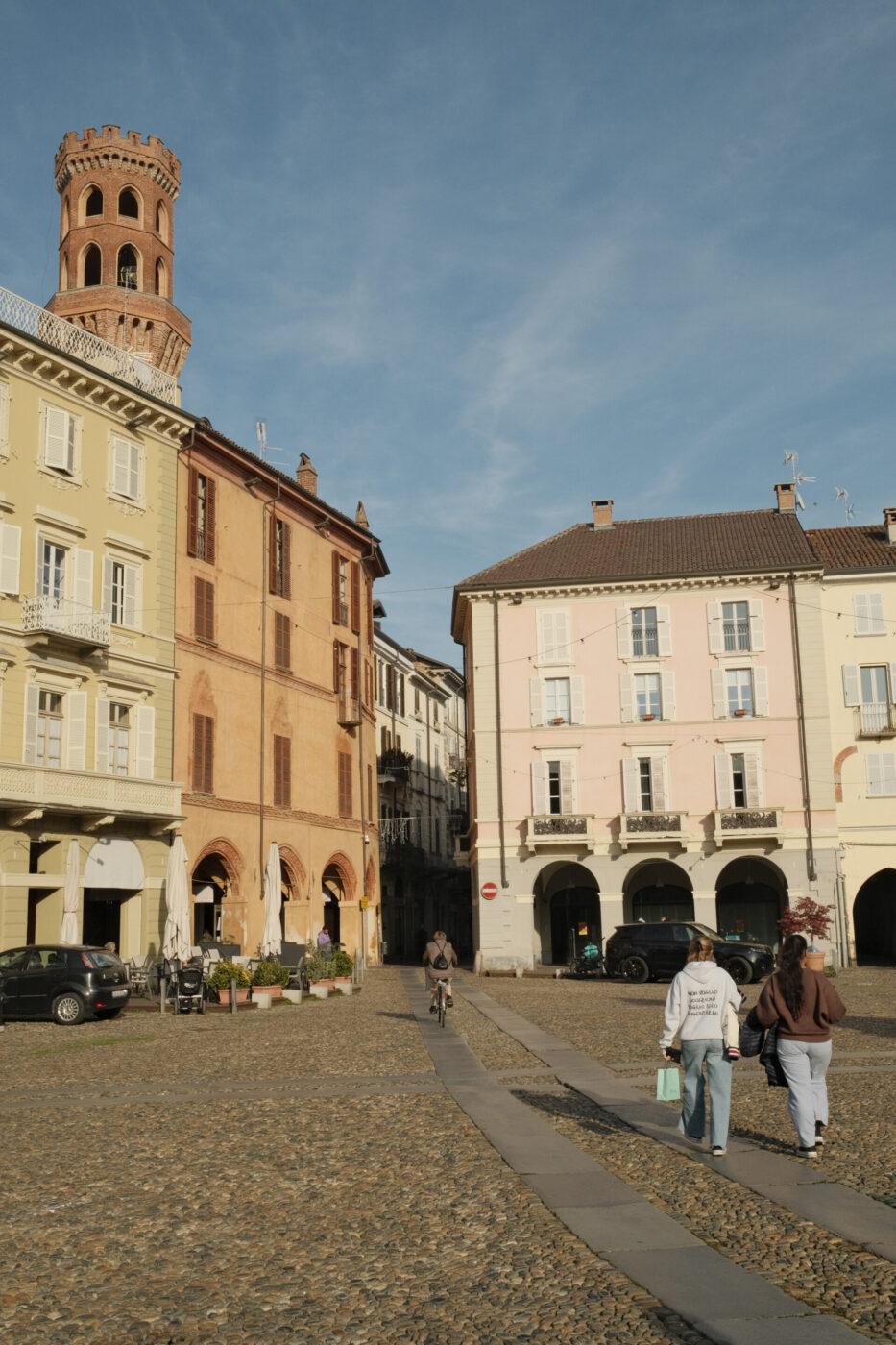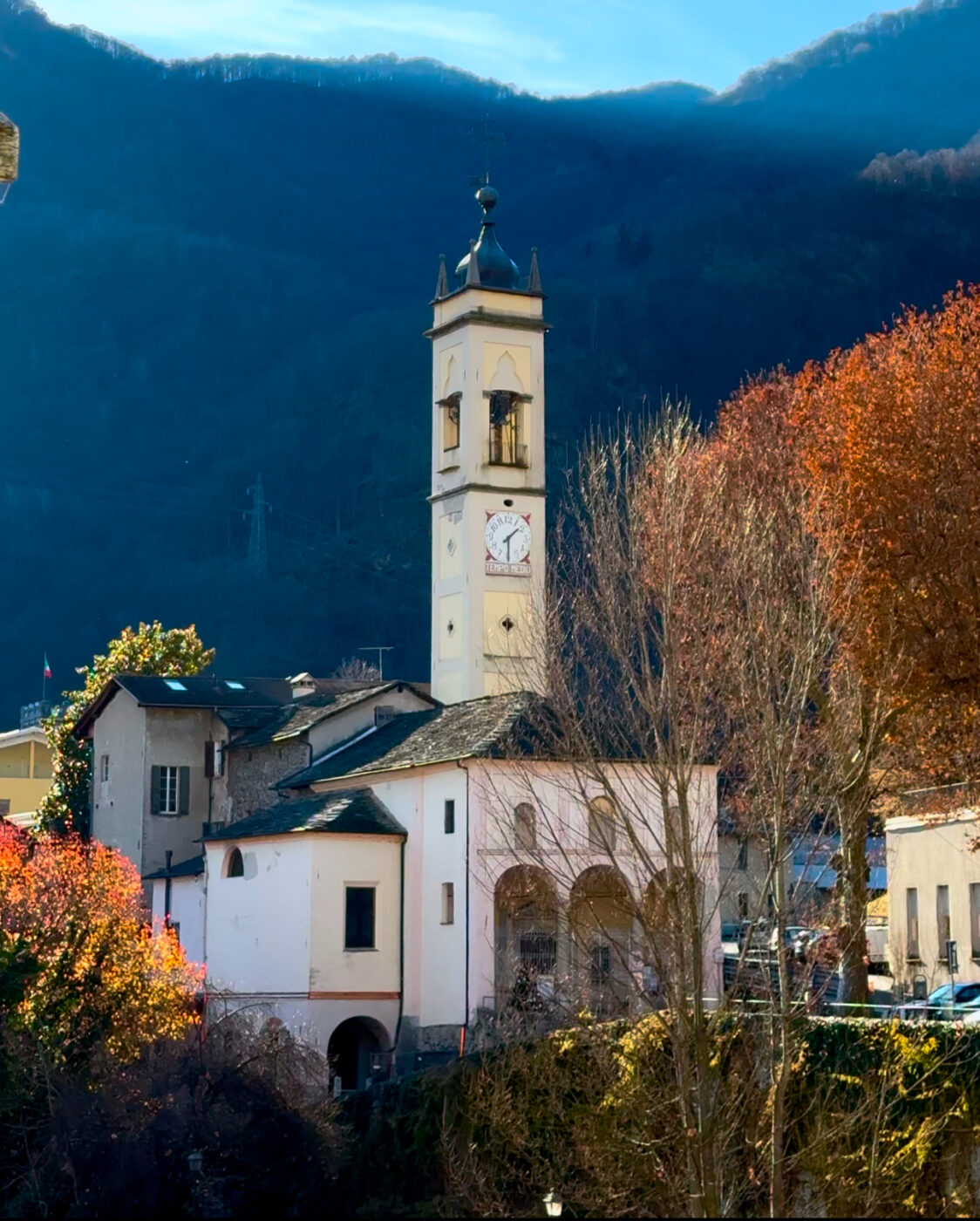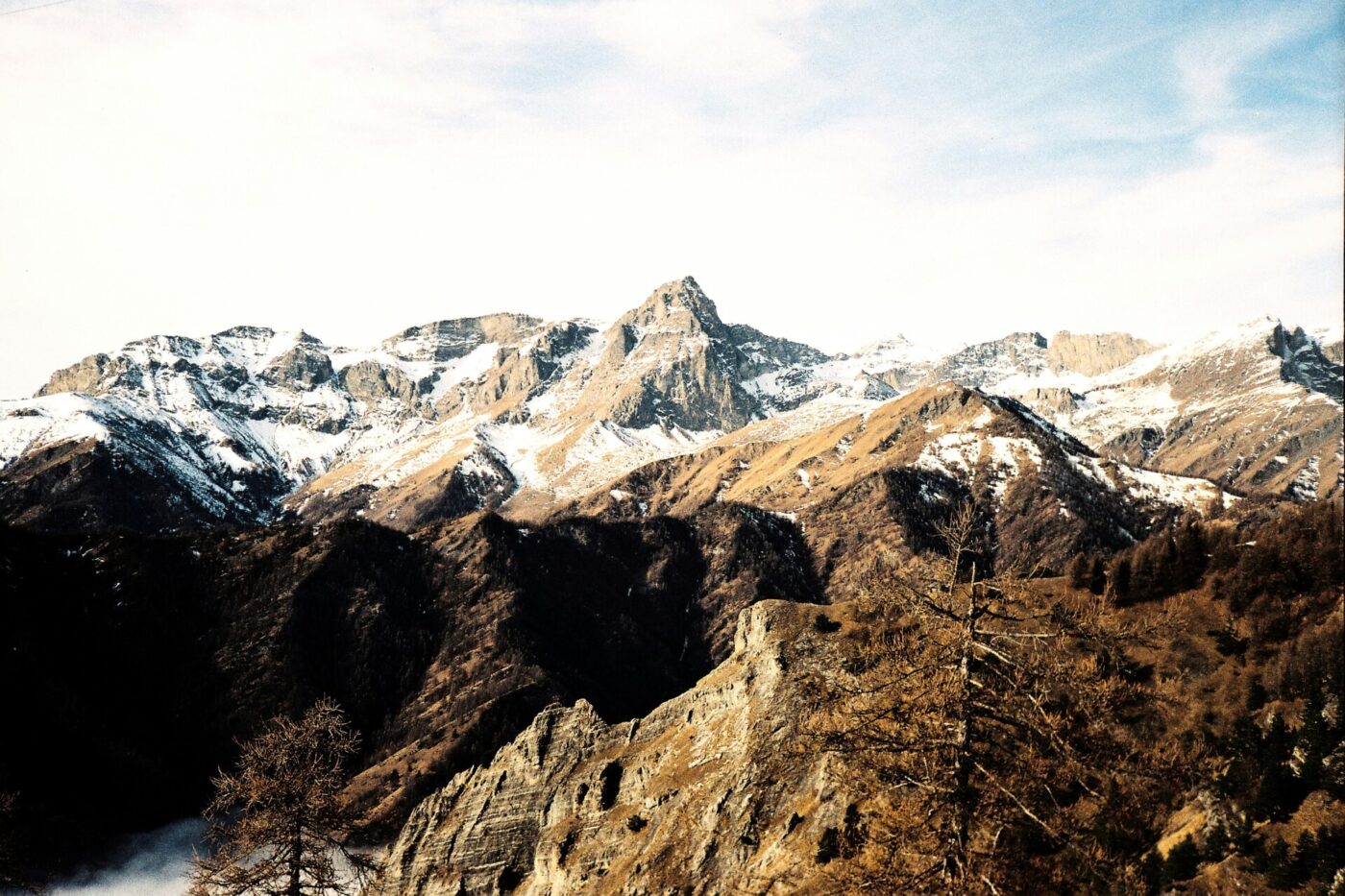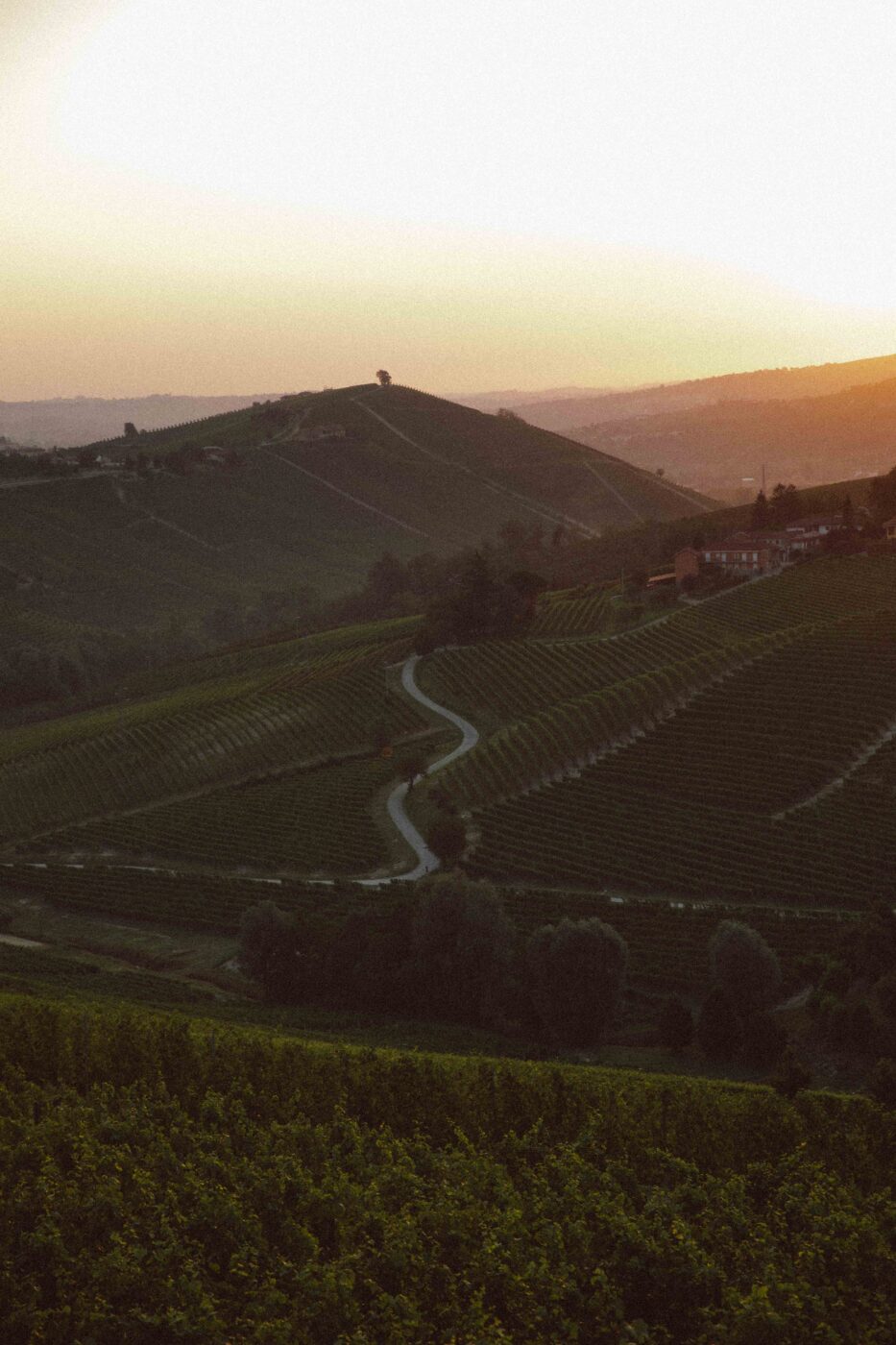Ivrea
It might be surprising that this seemingly provincial town, declared a UNESCO World Heritage Site in 2018, is actually celebrated as an “industrial city of the 20th century”. But spend a few minutes here and you’ll understand why. Ivrea is built in two halves, modern and historic, thanks both to innovative urban planning as well as to the Olivetti company, an international pioneer in typewriters, calculators, and early computers. If you venture far enough along the winding cobblestone streets, past the charming piazzas and well-preserved medieval architecture, you’ll stumble upon a sleek, glass-fronted building–the former Olivetti factory. The striking building is just as integral to the city’s aesthetic identity as its other two main architectural marvels, the 14th-century Castello di Ivrea and the Romanesque/Baroque Cathedral of Santa Maria Assunta. And like the Olivetti factory once attracted thousands of workers to the tiny city, today, the Battle of the Oranges, every year in February, draws a similarly enthusiastic crowd. This carnevale tradition is Italy’s most violent food fight, when nine teams of aranceri (orange-throwers) stand their ground at fighting arenas across the city and engage in battle–with oranges as the sole ammunition–against masked figures who ride through on horse-drawn carriages. It’s quite the spectacle, though if you’d rather not sludge through citrus-scented mush and risk a fruit to the head, visit in the calmer months, for stunning views of the surrounding Serra d’Ivrea moraine and to walk along the Dora Baltea river, which springs from Europe’s highest mountain, Mont Blanc.
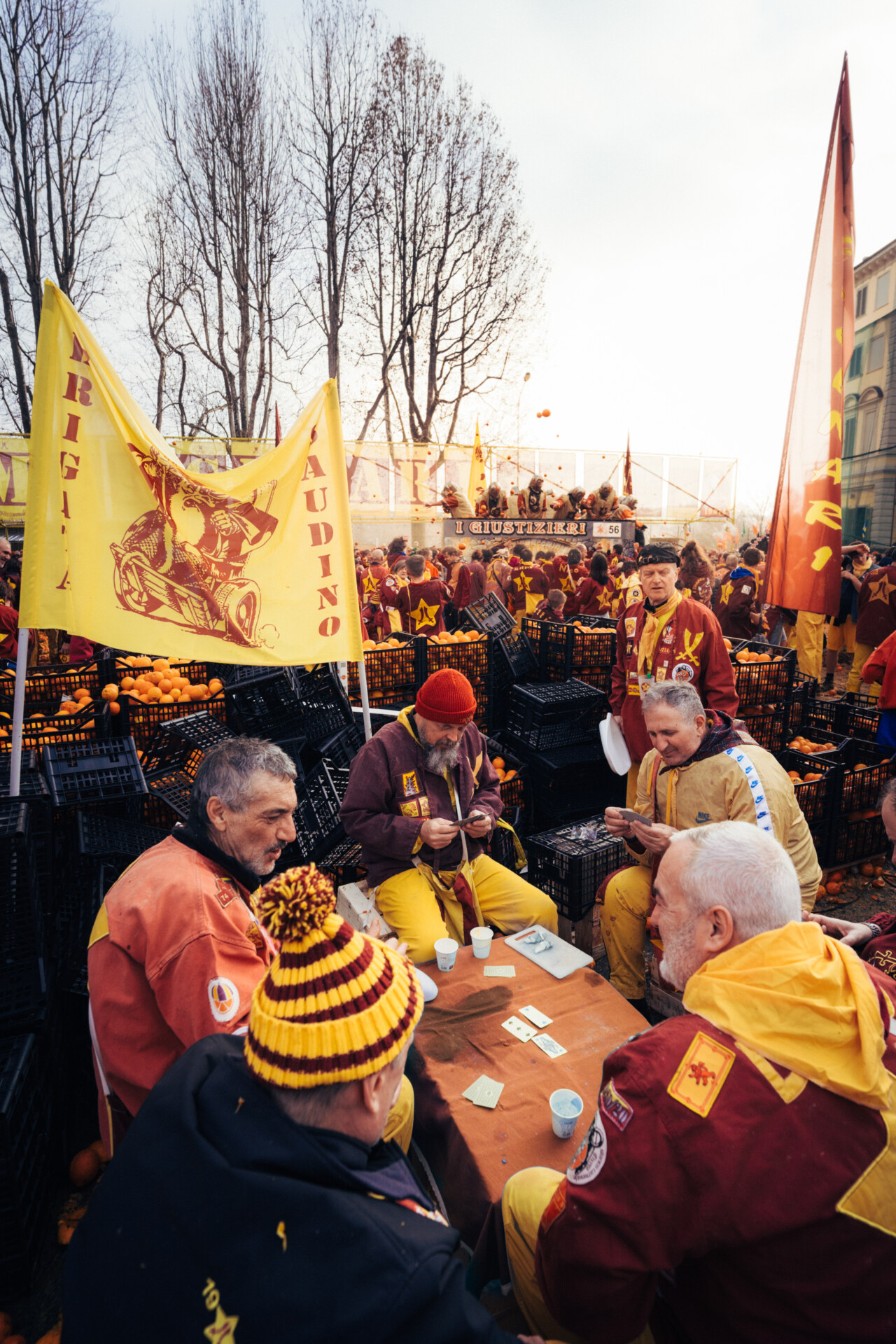
A few Aranceri take a break at the Ivrea Battle of the Oranges; Photo by Alessio Ferreri
Bra
IYKYK. Forty minutes south of Turin, 20 minutes west of Alba, and snuggled up against the vineyard-laden regions of Le Langhe and Roero, Bra is one of the most underrated culinary hotspots in Italy. The vibe here isn’t at all what you’d expect from a little Piedmontese hamlet, as each year, the barely 30,000-person town is flooded with an international student population who come to attend the University of Gastronomic Sciences in nearby Pollenzo. This makes Bra more hip college town than sleepy spot, and it’s exactly this type of energy that leads to great restaurants (that match the students’ dignified palates) and even greater ideas. The catalyst for much of this is one local Carlo Petrini, who started the famed Slow Food movement here in 1986 when the first McDonald’s opened in Italy. Now, every other year, Bra hosts a Cheese Festival, attracting some 200,000 people and producers from around the world. It should come as no surprise that–together with its neighbors Alba, Langhe, and Roero–Bra was a finalist for the Italian Capital of Culture 2026. Within 59 square kilometers, there’s a church, often Baroque, seemingly on each corner, and an astounding number of incredible places to eat and drink (check out Italy Segreta’s guide here!). And, if you’re up for a hike after all that tajarin and salsiccia, head up to the Zizzola, a spherical neoclassical villa perched atop the city’s tallest hill and overlooking the town, world-renowned vineyards, and the Piedmontese Alps–particularly the jar-dropping Monviso.
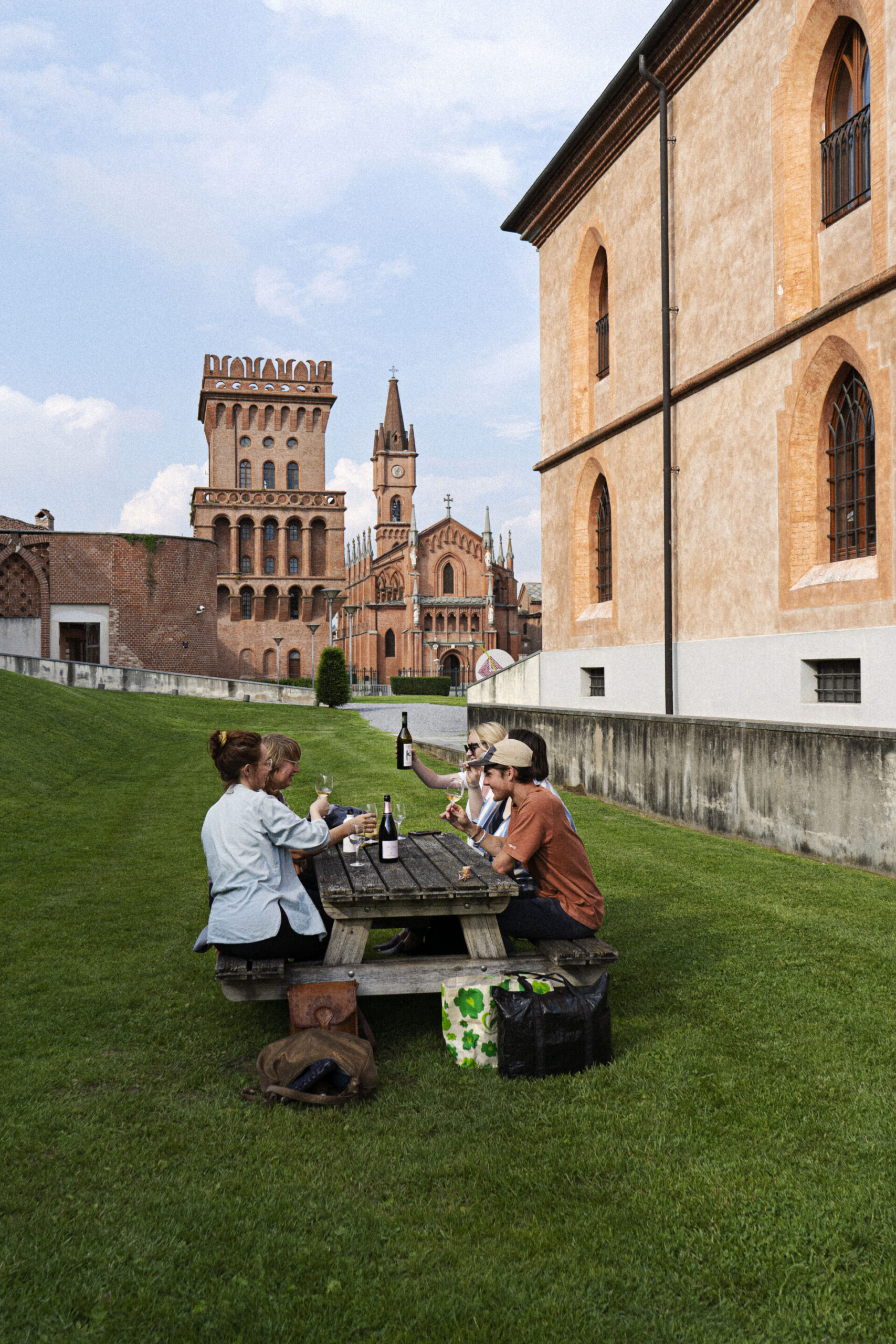
Students at the University of Gastronomic Sciences in Pollenzo; Photo by Abril Macías
Vercelli
“Rice, rice, baby” could be the lyrics to a song about Vercelli. Exactly one hour away from either Milan or Turin, the city is known as the “capital of rice” due to its location at the center of not just Italy’s, but Europe’s largest rice growing region: within the Po valley, centered between the Alps to the north, the Dora Baltea river to the west, the Sesia to the east, and the Po river to the south. The rice that most commonly grows here is the kind used for risotto: Arborio, Sant’Andrea, and Carnaroli. The marshy area is perfect for rice growing, which was facilitated by the Canale Cavour, a 85-kilometer-long artificial canal whose construction was spearheaded by the namesake count in the mid-19th century, turning the landscape into a mare a quadretti (sea of little squares). While navigating the countryside might require some galoshes, the town is perfectly dry, with streets that date back to before its official founding in the 2nd century BC by ancient Romans. Architecturally, the city is a mishmash of Romanesque, Gothic, and Renaissance styles painted in Piedmont’s usual pastel colors. You can certainly eat your fill of risotto here, but we recommend trying the city’s most famed rice dish, panissa: a “quasi-risotto” made of beans, pork, and a splash of local Barbera.
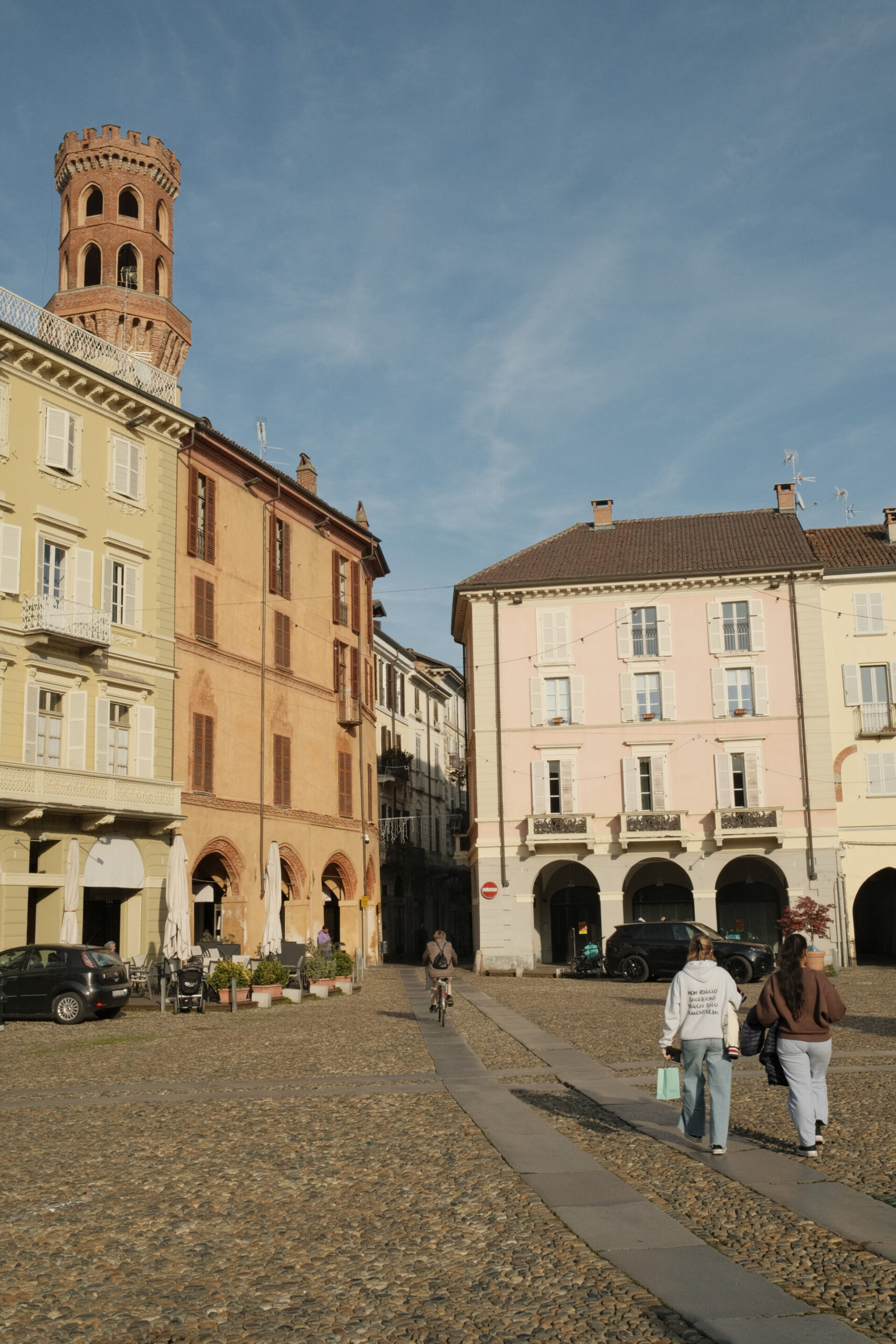
The main piazza of Vercelli; Photo by Tommaso Serra
Varallo
The town of Varallo certainly reminds you that Piedmont means “foothills,” for the town is located right up against the Alps in the Valsesia valley at 450 metres (1,480 ft) above sea level. Scenic with a capital S, there’s no shortage of mountainous vistas (keep an eye out for Monte Rosa!), clear flowing rivers, and addictive crisp mountain air here. The city is a staple spot for hikers and kayakers, and gastronomes can get their fill of local cuisine with cheesy, hearty concoctions like polenta concia–a typical mountain preparation of cornmeal with butter and cheese, usually Toma DOP and Fontina–and our newest obsession, Miacce della Valsesia, a crispy, crepe-like dish of gooey Toma DOP inside a folded dough of white flour, corn flour, milk, eggs, cream, water, and salt, cooked in a special iron pan. Dating back to the Middle Ages when it functioned as a simple market town for travelers through the foothills, Varallo is now known as Piedmont’s “art and faith capital”; fashion, too, for the city is home to the headquarters and archives of fashion house Loro Piana. There’s a smattering of Renaissance art works in churches and museums across the only 7,000-person town, including the David and Goliath (c.1625) by Tanzio da Varallo and many pieces by Gaudenzio Ferrari, who was born in neighboring Valduggia. But the real draw here is the Sacro Monte di Varallo, Piedmont’s most famed pilgrimage site and one of the oldest, most impressive of Piedmont and Lombardy’s UNESCO “Sacri Monti”. Forty-five chapels adorned with over 800 life-sized statues and frescoes (with more works by Gaudenzio Ferrari) depicting scenes from The Bible scatter around a winding pathway that is another 150 metres (490 ft) above the town, accessible via foot, car, or Europe’s steepest funicular. And as you can probably guess, the views from up here are pretty spectacular, too.

A snapshot of Varallo
Elva
Elva’s rather voluminous reputation is thanks to its peculiar, and lucrative, trade… of human hair. Pelassiers, or hair merchants, gathered hair from women around northern Italy–who would cut their hair in exchange for ribbons or small gifts–and brought it back to Elva, where it was washed and sold all over the world, from Paris to London and the United States, to be used as wigs. Though the city doesn’t deal in locks anymore, it still feels relatively untouched by time, that “seems to emerge from the dream of a poet asleep in a meadow” according to Italy Segreta contributor Giulia Grimaldi. “On the crest of a mountain overlooking nowhere,” at 1,637 m (5,371 ft) high, the mountain village of just 77 residents, according to the 2024 census, is most known for the late-Romanesque Parish Church of Santa Maria Assunta, which houses an extraordinary cycle of 15th-century frescoes by Flemish painter Hans Clemer, also known as the “Master of Elva.” Hairpin turns, traditional stone houses, a tranquil atmosphere, and access to rugged trails make this beautiful, mystical city unmissable.
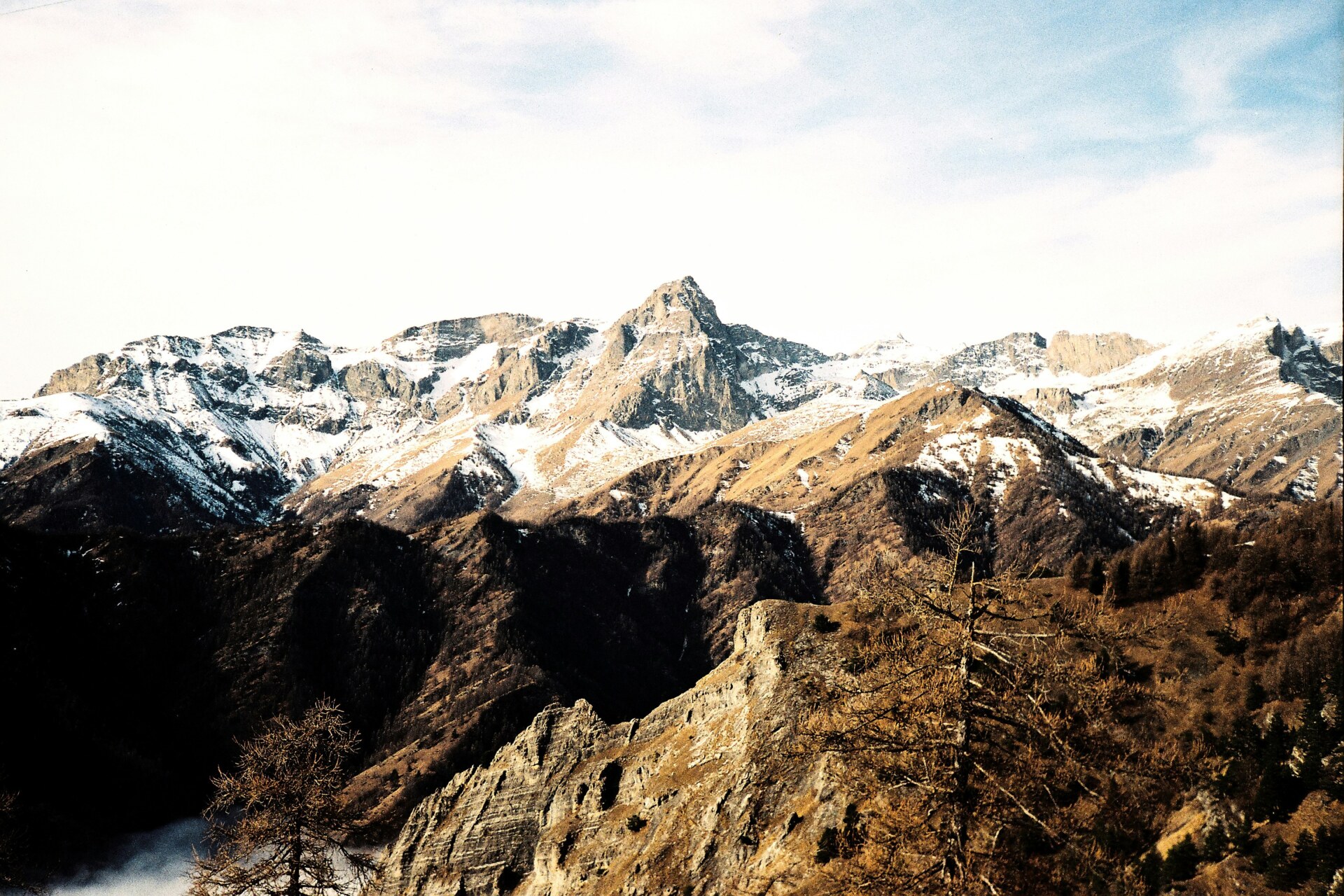
The mountains of Elva


